Geologists see continents as they are – constantly changing rather than enduring over time. The research project led by Dr Katarzyna Walczak from the Faculty of Geology, Geophysics, and Environmental Protection aims to better understand the mechanisms behind their growth.
North America, South America, Europe, Asia, Africa, Australia, and Antarctica – when we visualise the Earth, we clearly see the outlines of these seven continents that make our planet unique in the Solar System. At the same time, we are aware that the Earth's crust has not always looked this way.
Continents are constantly moving and changing their shapes. Once, the lands of present-day North America and Greenland were part of the continent called Laurentia, while northern Europe was part of the continent called Baltica. They were separated by the waters of the Iapetus Ocean. According to scientists, this changed during the Silurian period, a geological period that began about 443 million years ago and lasted for over 20 million years. It was around that time when these two continents collided. Subduction occurred, which is a process that takes place at the boundary of lithospheric plates and involves one plate being forced beneath another. Although this process is very slow, when the stresses become too great, it can lead to a sudden release of energy, resulting in an earthquake. The accumulated rock material from the collision can, in turn, lead to the formation of mountain ranges like the Scandinavian Mountains, which are geological structures whose shapes are still visible in modern-day Europe.
Ancient islands still await discovery
Dr Katarzyna Walczak was a member of the team led by Dr Jarosław Majka, associate professor at the AGH University, who conducted research in this area. Finding evidence of subduction in that area was not surprising, as the understanding of the formation of rock chains indicated their presence. However, instead of traces of a single subduction event, scientists found evidence of several successive stages of subduction throughout the entire extent of the Scandinavian Caledonides.
"We began to wonder why we saw traces of multiple stages everywhere. We came to the conclusion that perhaps the Iapetus Ocean, which separated Baltica and Laurentia at that time, didn't look like the present-day Atlantic Ocean as we imagine it. Maybe it resembled more the area between Australia and Asia? This is where we have numerous volcanic islands and island arcs formed in subduction zones," says Dr Katarzyna Walczak.
The discovery of both oceanic alkaline rock and acidic rock in these areas may support the theory of the presence of island arcs or microcontinents between the continents.
To determine the validity of this theory, scientists have decided to conduct more detailed geological research in the regions of the prehistoric Iapetus Ocean. The project entitled "How do continents grow? The Köli Nappe Complex of the Scandinavian Caledonides as a natural laboratory for continental accretion" has received funding from the National Science Centre. Dr Katarzyna Walczak is leading the project, which includes researchers from the Department of Mineralogy, Petrography, and Geochemistry at the Faculty of Geology, Geophysics, and Environmental Protection of the AGH University of Krakow, as well as the Faculty of Earth Sciences and Environmental Management of the University of Wrocław.
"First and foremost, we would like to determine the environments in which these rocks that were accreted to the Baltica continent formed and the time period during which they formed," says the project leader about its main objectives. "A question that arose from the previous project is how this ocean looked and what processes occurred in it that led to the formation of this new continental crust. We are also interested in the process of the formation of these arcs – whether they were related to subduction or if they were old fragments of continents or microcontinents."
Tent camp on the shores of Lake Láddejávrre. Photo by Katarzyna Walczak
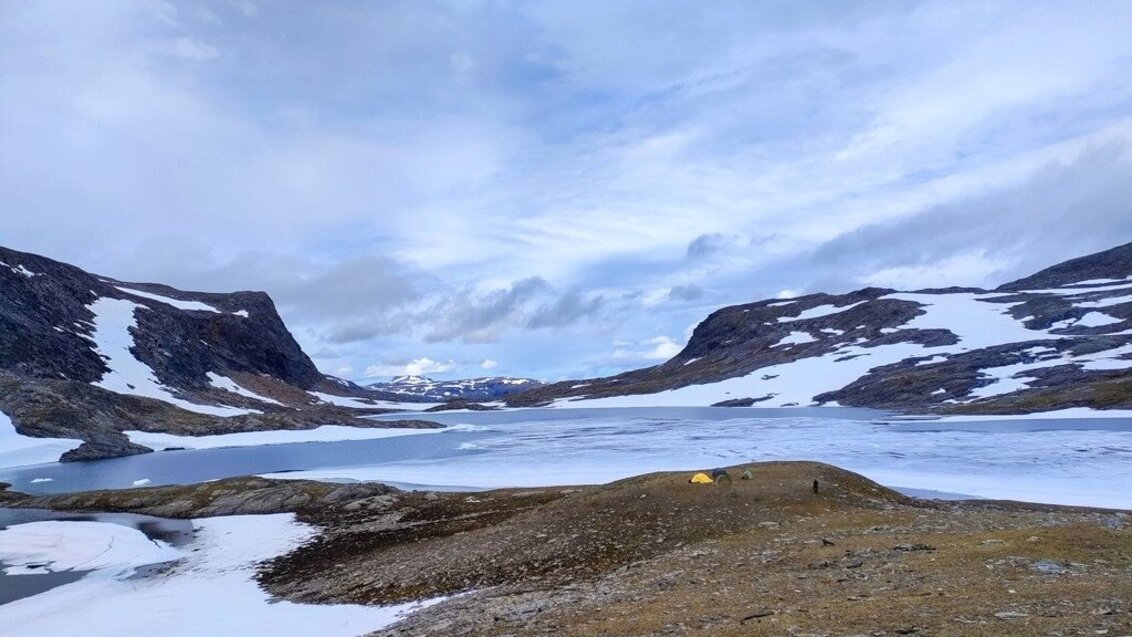
Transport by helicopter to remote research areas. Photo by Katarzyna Walczak
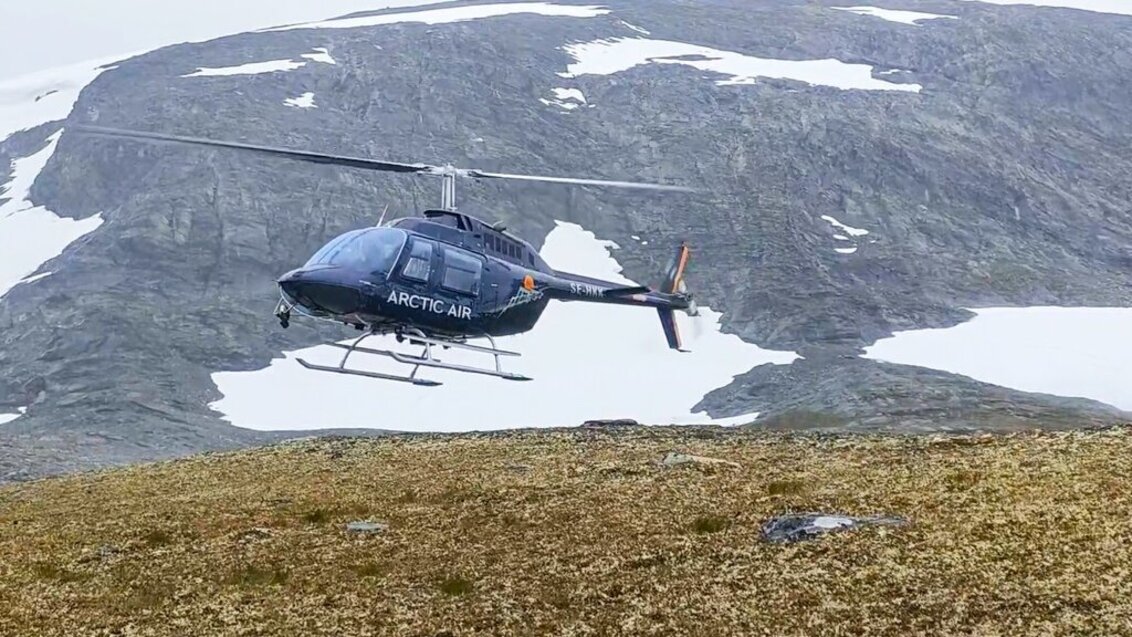
Doctoral student Isabel Carter (AGH University of Krakow, Uppsala University) conducting fieldwork. Photo by Katarzyna Walczak
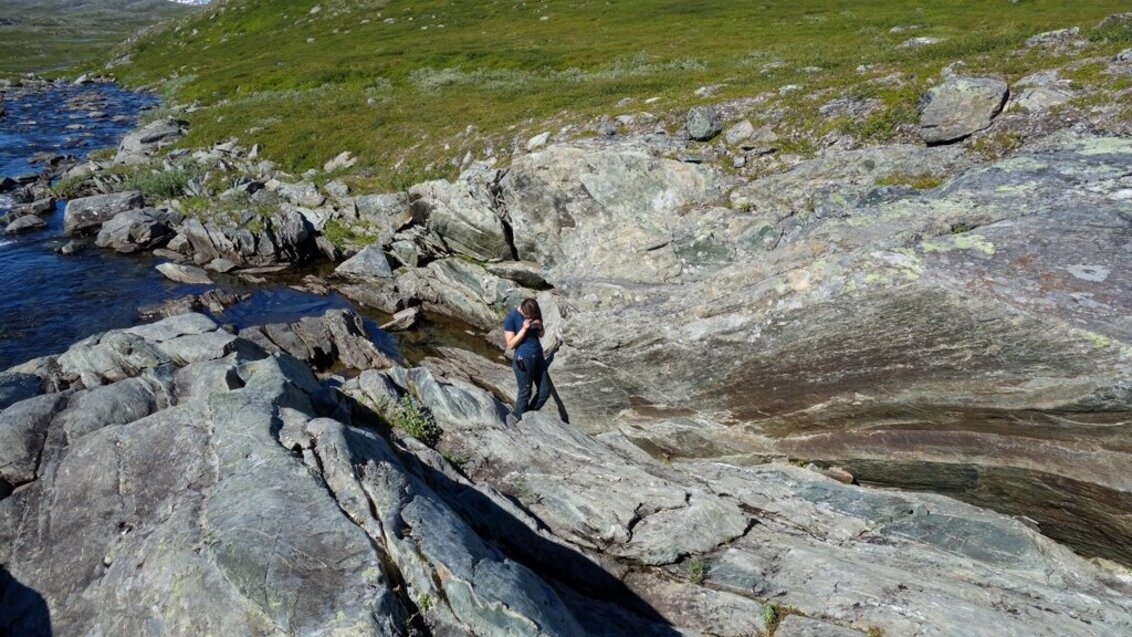
Equipment necessary for fieldwork. Photo by Katarzyna Walczak
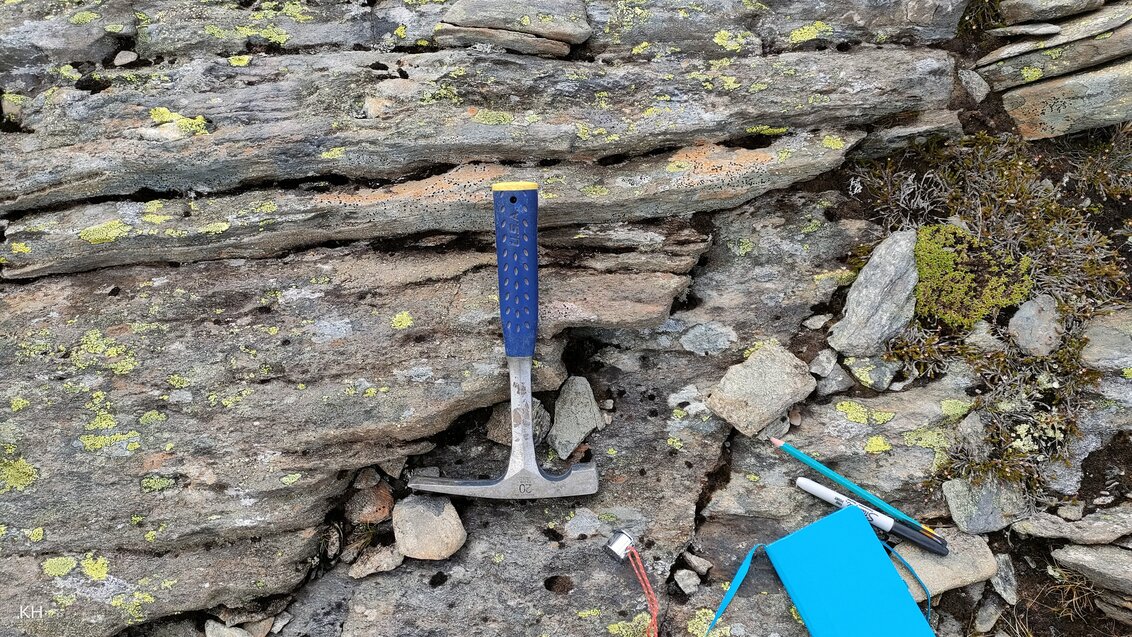
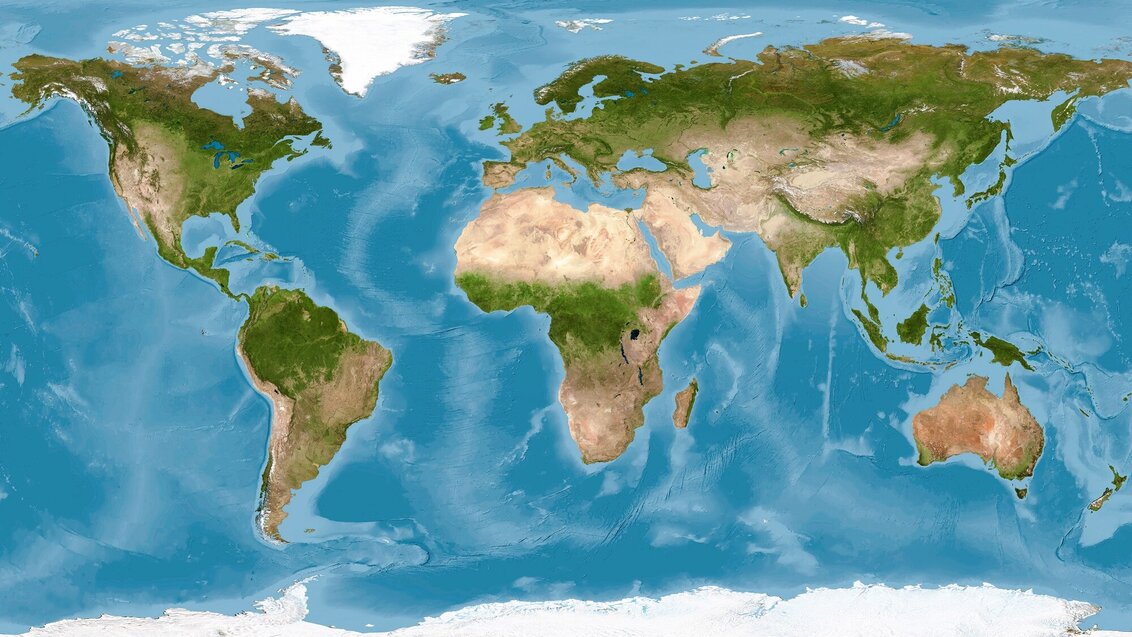
 Pre-election meeting with a candidate for the position of rector
Pre-election meeting with a candidate for the position of rector  Agreement on cooperation with OPAL-RT
Agreement on cooperation with OPAL-RT  Krakow DIANA Accelerator consortium members with an agreement
Krakow DIANA Accelerator consortium members with an agreement  Meeting with the Consul General of Germany
Meeting with the Consul General of Germany  More Academic Sports Championships finals with medals for our students
More Academic Sports Championships finals with medals for our students  Professor Jerzy Lis re-elected as AGH University Rector
Professor Jerzy Lis re-elected as AGH University Rector  Launch of AGH University Student Construction Centre
Launch of AGH University Student Construction Centre  Bronze for our swimmers at Academic Championships
Bronze for our swimmers at Academic Championships